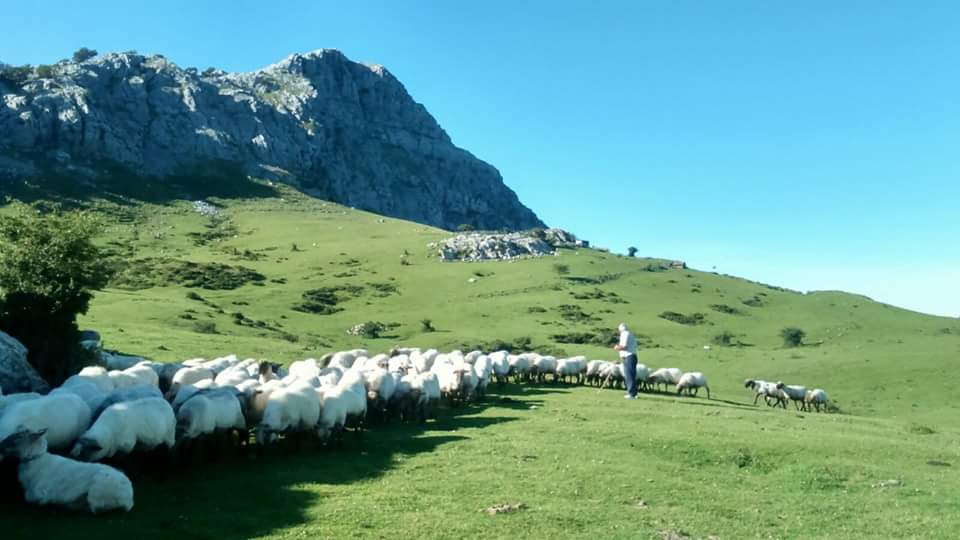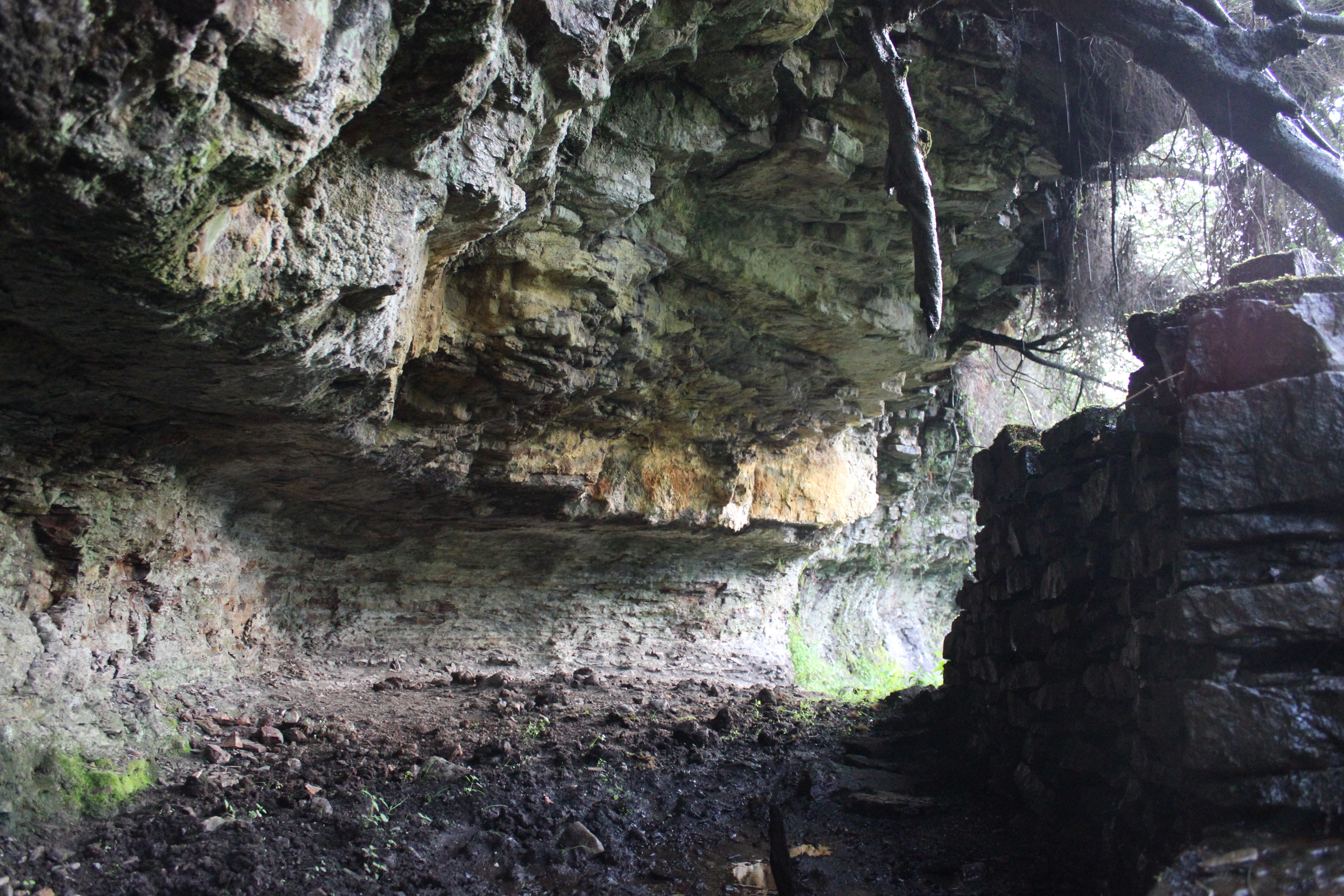Archives
Transhumance consists on changing place and home, from time to time, in the strict sense of the word. And in this itineration, transhumance and livestock form an inseparable pairing that has enabled the development of people for centuries. In this development, traditional knowledge has been essential for the maintenance of rural life linked to grazing and livestock farming for generations.
Closely related to the intangible cultural heritage, oral tradition tells us “Es la vida del pastor, la vida más arrastrada, que en el orbe de la tierra, por experiencia se halla” (“It is the life of the shepherd, the rudest life that can be found on earth, as experience shows”). Wretched, not only because of being compromised and tough, but also a nomadic and isolated life. Away from the people and the environment where, the shepherd has traditionally derived the necessary elements to build other “homes” outside his. Hence, the importance of the vernacular architecture which shelters shepherds and cattle from inclement weather and the scourges of nature, allowing them to move from north to south and from east to west.

By Vincent van Zalinge on Unsplash.
Peoples have forever, since prehistoric times, searched for means to guarantee their protection, from dances to human sacrifices and all sorts of rituals. Without looking further back into history, the need to protect ourselves, our family, our house, our properties… is as vital at this moment of pandemic as ever before, always bearing in mind a logical evolution. (more…)

Fields of Arraba. Mount Gorbeia, 2016. Gorane Etxebarria. Labayru Fundazioa Photographic Archive.
The Valley of Carranza is a large municipality in Bizkaia where cattle farming and milk production have acquired such paramount importance as to become its major sign of identity. However, the inhabitants of the valley devoted themselves to shepherding before they turned into cow’s milk producers. Shepherding gradually lost relevance throughout the 20th century, and it is only in recent years, coinciding with the crisis besetting livestock farming, that we notice a rebound in the number of small flocks of sheep grazing the meadows dairy herds frequented in the old days, primarily to keep the pastures ‘clean’ and provide meat and a few cheeses for domestic consumption. (more…)

Interior of the cave described herein. Carranza, 2016. Luis Manuel Peña. Labayru Fundazioa Photographic Archive.
Shepherding is an age-old occupation. José Miguel de Barandiaran already realised traditional pasture lands coincided with areas of highest concentration of dolmens, a fact that suggests such funerary constructions might have been built by people dedicated to animal husbandry. (more…)


